As we approached the peak of the mountain, it was quite evident we had entered an entirely different ecosystem than what we just left, over 2000’ below us, and understood where this wild mountain got its name.
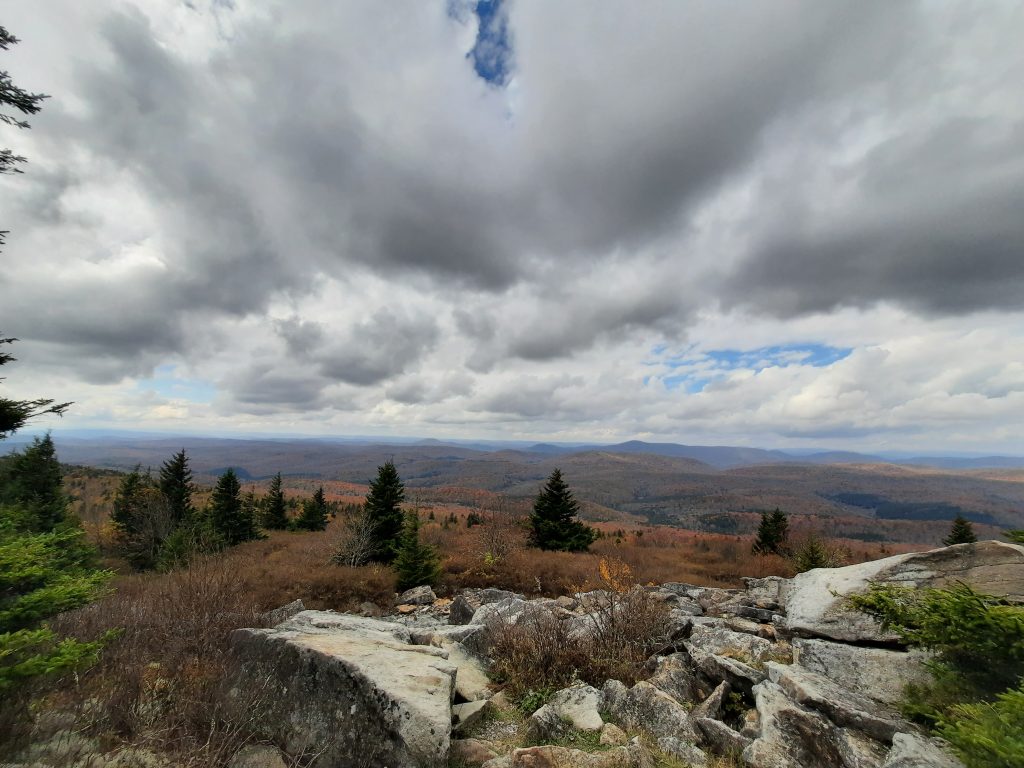
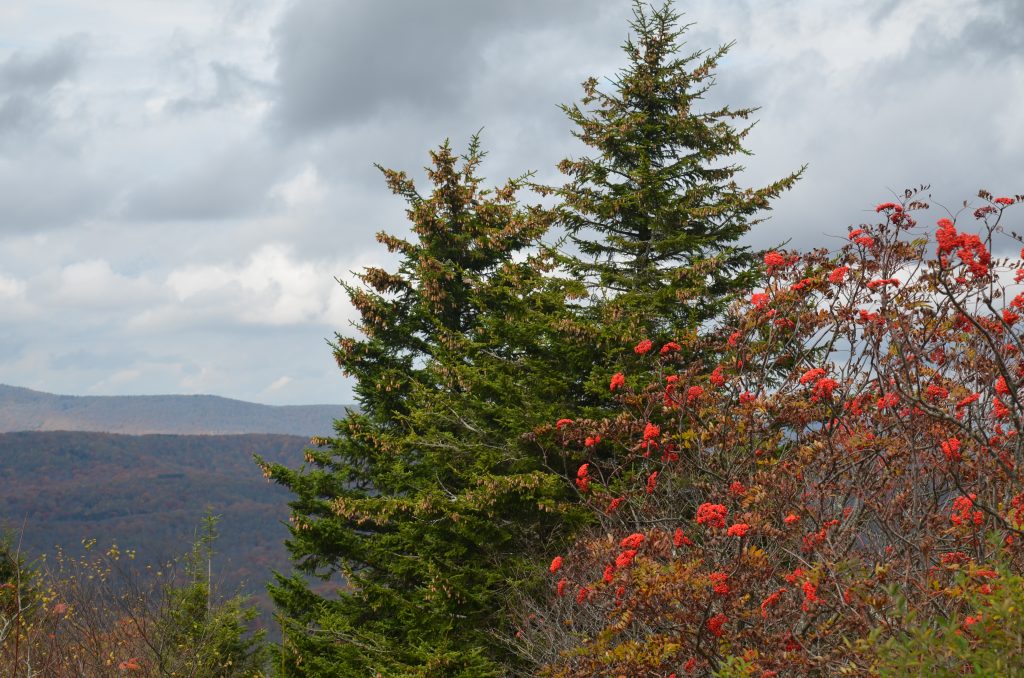
The brilliant fall colors of the birches, maples and hickories were gone, replaced by the dark green stands of Red Spruce, small Mountain Ash trees with their clusters of blood red berries and low-growing huckleberry bushes. The vegetation here has adapted to a harsh environment. Although it was a warm day down below, the high elevation and steady breeze kept the temperature up on “the Knob” fairly cool. We had taken a day trip to visit West Virginia’s highest point-Spruce Knob.
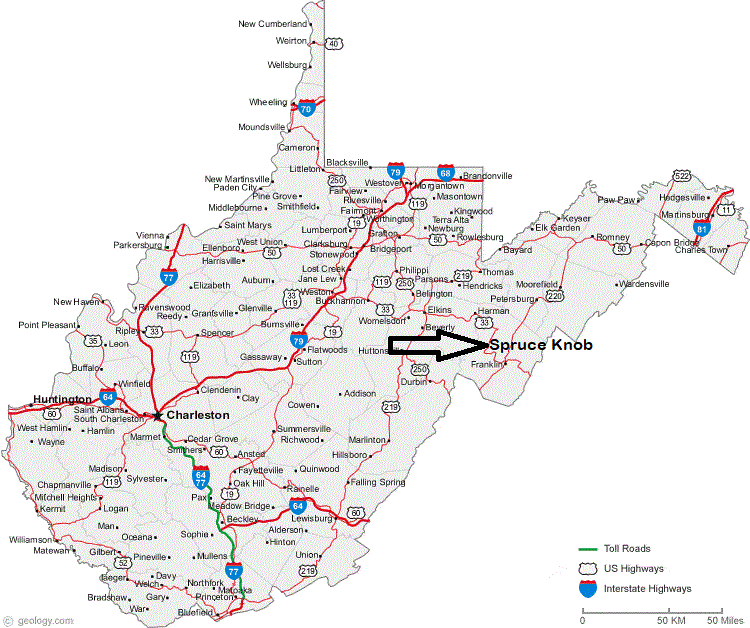

Spruce Knob is the tallest peak in West Virginia at 4,863’. Not only is it the highest point in West Virginia, but it’s also the highest peak in the Allegheny Mountain range. Early settlers to this area burned thousands of acres of land on Spruce Mountain to create pasture for livestock.
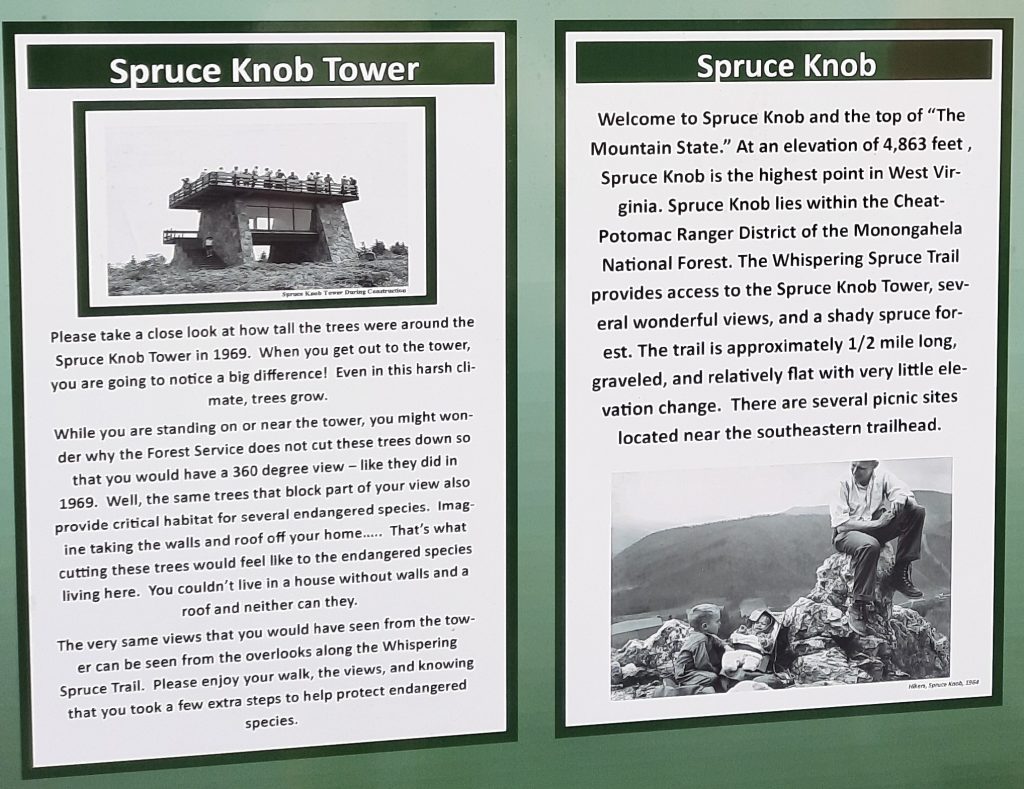
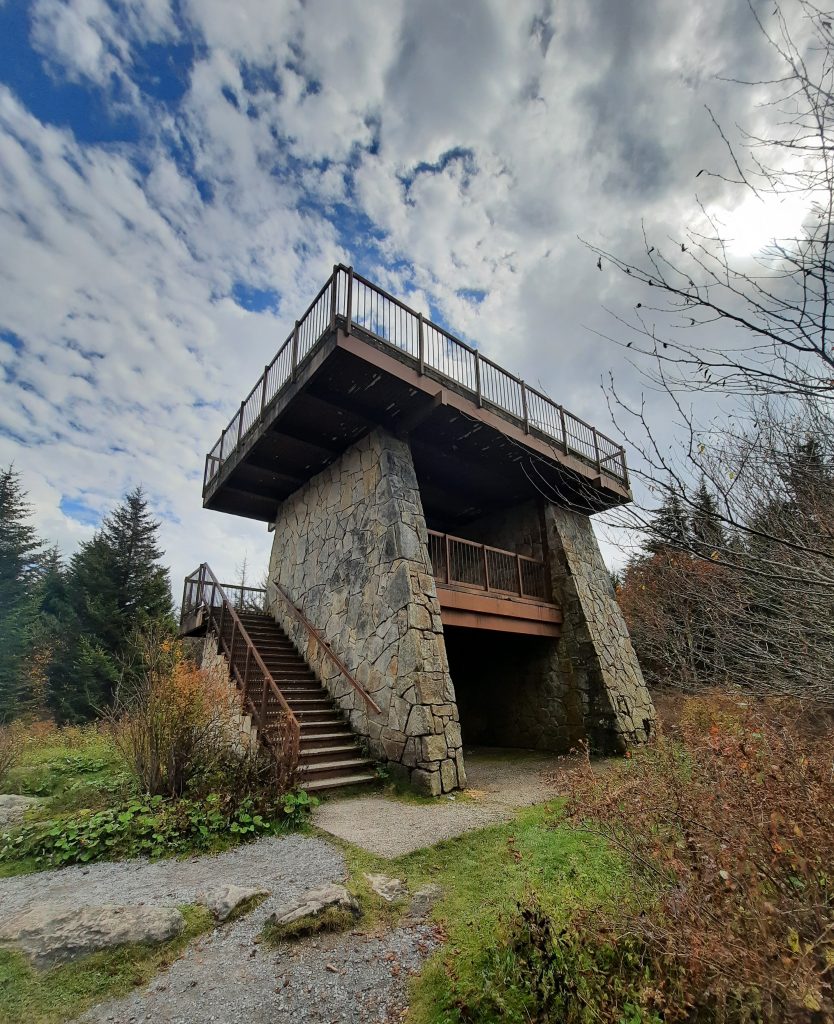
Timbering was the main industry in the area at the turn of the century and the last stand of old growth timber was cut down in the late 1920s. Forest fires were frequent, so much so that local residents called the Knob, “Big Burn.” In 1921, Spruce Knob was acquired by the U.S. Forest Service as part of the Monongahela National Forest and since then it has been fire free. Travel to the area was greatly enhanced when a road was built across Spruce Mountain in 1936 but it was not until 1960 that a spur road ran all the way to the top.
The climate at Spruce Knob is cold continental or highland with cool summers and cold and snowy winters. Spruce Knob is also different from other summits in the area because of its distinctly alpine ambience. As its name might suggest, the top portion of the mountain is covered by a large population of spruce trees, creating a dense boreal forest. Many of the spruce trees are one-sided, deformed by constant exposure to strong westerly winds. This environment is often associated with the peaks of Canada and New England, but at Spruce Knob you can experience it without having to travel that far north!
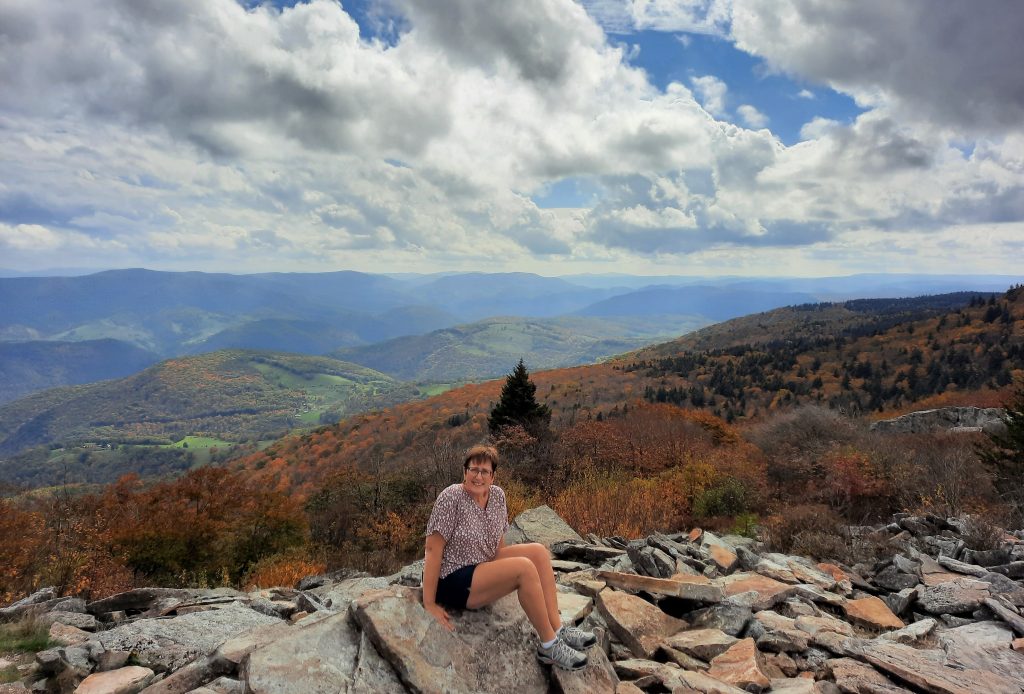
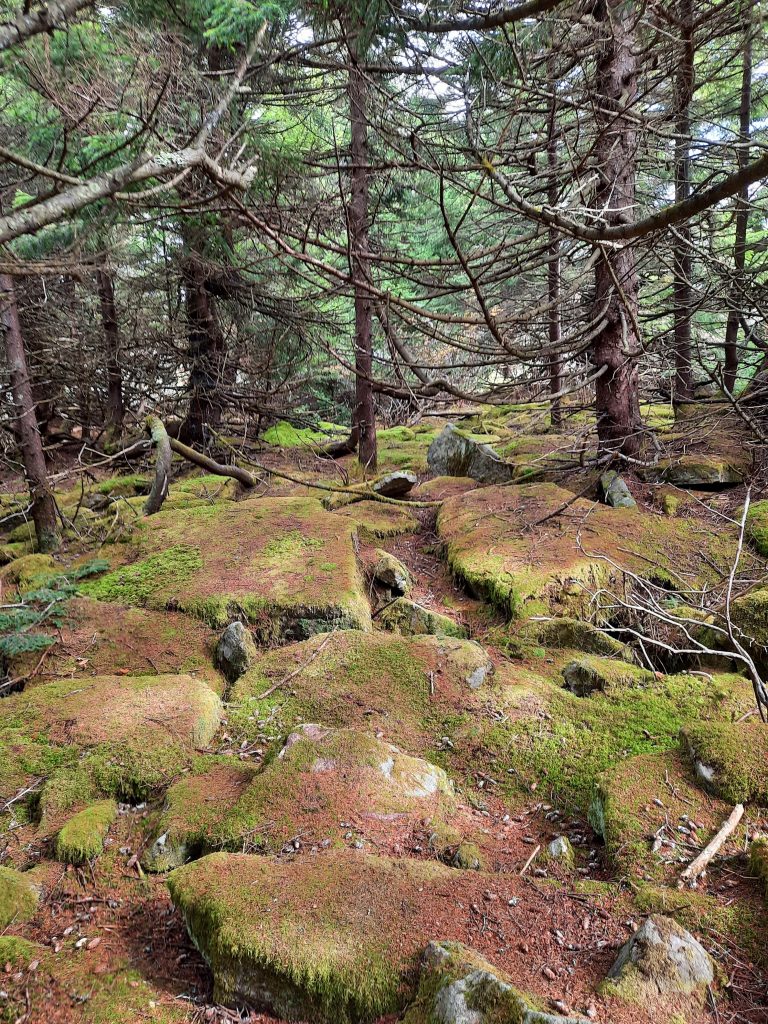
Because of this unique ecosystem, the animals that inhabit Spruce Knob are also fairly distinctive. A few species that breed here are usually associated with areas much farther north, such as Snowshoe Hares, Porcupines and Northern Flying Squirrels. Several “northern breeding” bird species also reside on Spruce Knob such as Magnolia and Canada Warblers, Swainson’s Thrushes, Common Ravens, Red Crossbills and Dark-eyed Juncos. When we visited, I saw many migrating raptors overhead, including a dozen Sharp-shinned Hawks, a couple Cooper’s Hawks and Red-tailed Hawks, an immature Bald Eagle and the best bird of the day, a fast-moving Peregrine Falcon!
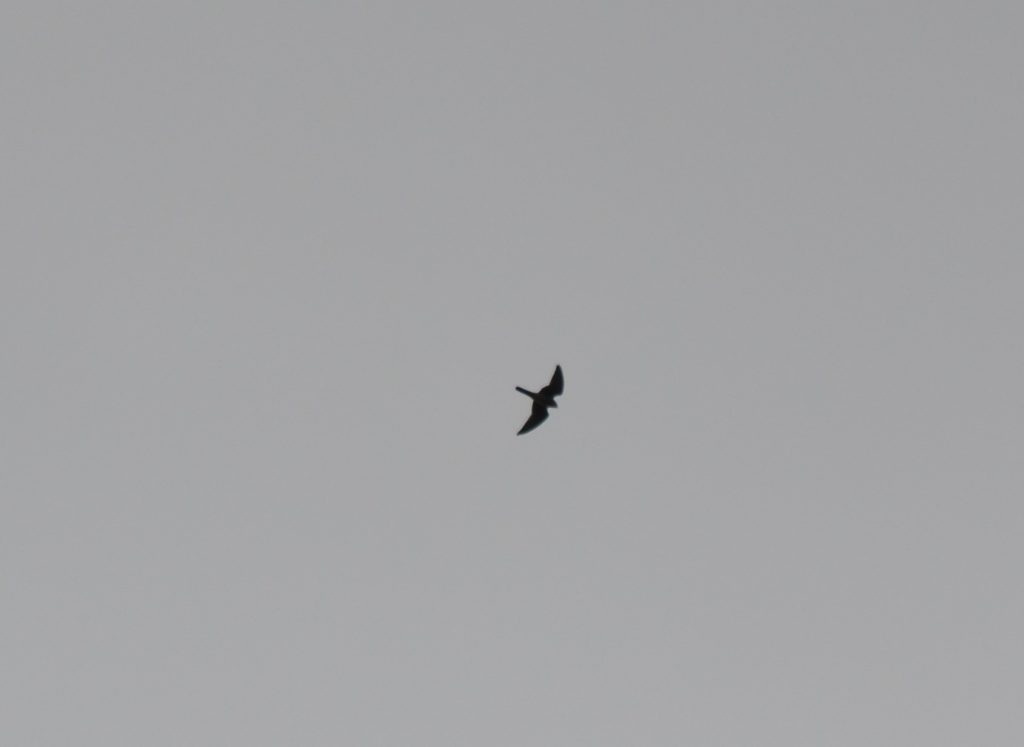
If you’re ever in the area of Spruce Knob, or can take a day trip to visit this beautiful mountain vista, I would definitely recommend it! The unique boreal ecosystem along with stunning views, makes you think that it’s “Almost Heaven-West Virginia!”


Beautiful photos and great, interesting commentary, Rich. I loved it!